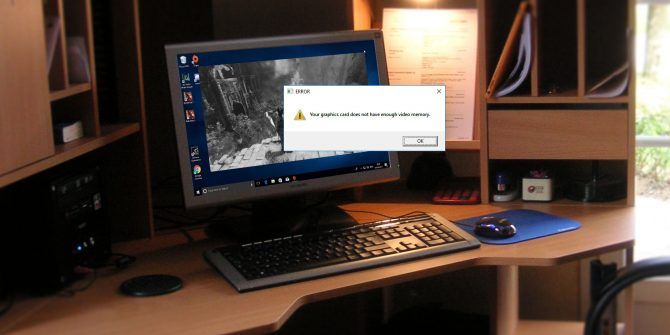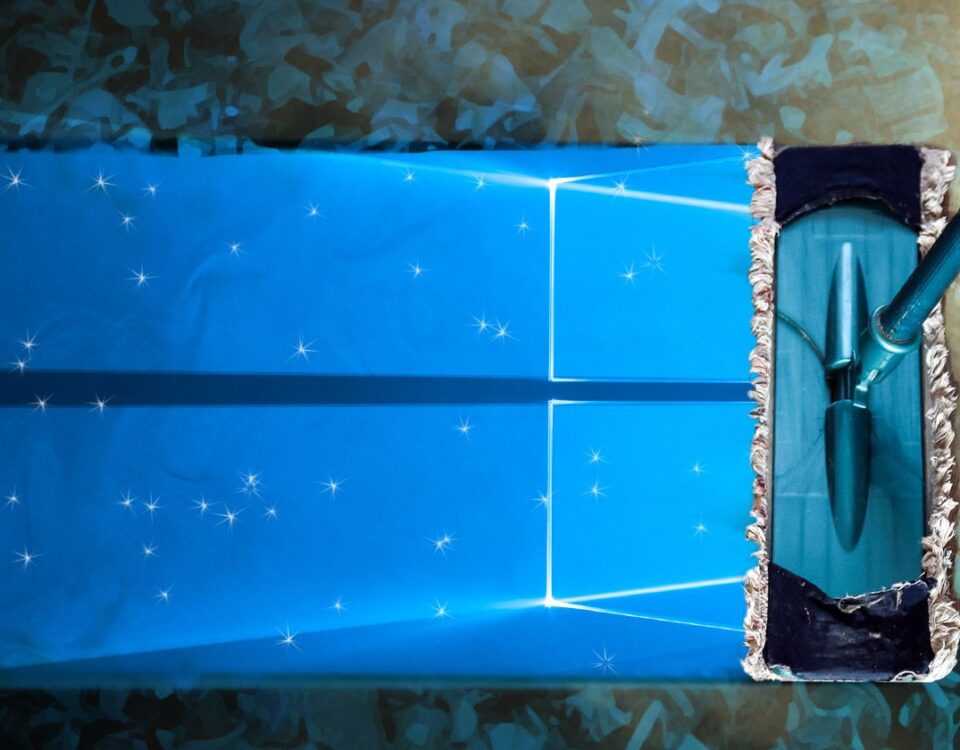Thumbnails are really useful, as they give you a small preview of the contents of an image or video. This saves you the need to rename or open files to know what’s inside them and makes for a nice time-saving feature.
Unfortunately, Windows sometimes encounters issues with thumbnails. They can stop working for an individual folder, a specific file type, or your system might stop showing thumbnails for every file on your computer. In this guide, we will show you the right tools and settings to use so you can make Windows display thumbnails again.
1. Select the Right File Explorer Settings
Windows 10 gives you plenty of options when it comes to viewing your files and folders. However, not all options support thumbnail previews. In File Explorer, open the View tab and select one of the following options:
- Extra large icons
- Large icons
- Medium icons
- Tiles
- Content
These options properly show thumbnail previews, so try selecting any one of them and see if it fixes if the problem. If it doesn’t, it’s a sign that the problem lies elsewhere.
2. Revert the Folder to Its Default Settings
If you are noticing this issue when opening a certain folder, you could fix it by reverting it to default settings. Here is how you can do it:
- Open the folder.
- Right-click anywhere on the empty space and select Properties.
- Open the Customize tab.
- Click the Restore Default button.
3. Restore File Explorer Default Settings
You may also encounter a case when Windows doesn’t display the files and folder thumbnails no matter what folder you open. A rogue File Explorer setting can cause this issue, so restoring the File Explorer’s settings to defaults should fix it.
Here is how you can do it:
- Launch File Explorer.
- Open the File menu and select Change folder and search options.
- In the General tab, click Restore Defaults.
- Select the View tab and click again the Restore Defaults button.
After Windows restores the default settings, check if you can now view the thumbnails for your files and folders. If this didn’t work, move on to the next solutions.
4. Check File Explorer Options
Windows can either display icons or thumbnails so if you are seeing icons, you should take a look at File Explorer settings.
Here is how you can make File Explorer display thumbnails again:
- Launch Control Panel.
- Go to View by and select Small icons or Large icons.
- Click File Explorer Options.
- Open the View tab.
- From Files and Folders, uncheck the Always show icons, never thumbnails option.
- Click Apply > OK to save your new settings.
5. Change the Default App
The thumbnails might be missing for a certain file type because Windows doesn’t know which app to use for opening that file. To fix it, you need to set a new default application.
Right-click the file and head to Open With > Choose another app. You can select an app from the default list or click More apps to search for a new one. As a final step, check the Always use this app option.
Now Windows will use the selected app to open that file type and it should display the thumbnails.
6. Delete the Thumbnail Cache
Sometimes, Windows stops showing thumbnails because of a damaged or corrupted cache. Fortunately, you can use a built-in Windows tool to quickly fix this issue.
Follow these steps to delete the thumbnail cache using the Disk Cleanup tool:
- Search for disk cleanup in the Start menu search bar and select the Best match.
- From Files to delete, uncheck all boxes except for Thumbnails.
- Click OK to start the process.
Disk Cleanup will delete the thumbnail cache from your computer. Once the process is complete, Windows will rebuild the cache and display the thumbnails
Note: If your system has multiple drives, you will have to select the drive where you have installed Windows 10.
7. Search for Malware
If you are experiencing app crashes or generally poor performance besides missing thumbnails, your computer might have malware.
While Windows is constantly checking your PC for malware with its tools, you can always perform a manual scan and we will show you how to do it.
- Open Settings by pressing Win + I.
- Head to Security > Update & Security > Windows Security.
- Click the Open Windows Security button.
- Select Virus & threat protection.
- Click Quick Scan.
Windows Security will now search your computer for malware and make a report for you.
8. Check the Performance Options
Another solution for Windows 10 not displaying thumbnails is to reconfigure the visual effect settings. While it sounds complicated, you only need to change a couple of settings. Here is how you can do it:
- Open Settings.
- Head to System > About.
- Scroll down and select Advanced system settings.
- In the Advanced tab, click the Settings button.
- Check the Save taskbar thumbnail previews and Show thumbnails instead of icons options.
- Click Apply > OK to save your new system settings.
9. Check Group Policy
When you are troubleshooting an issue on your Windows 10 computer, you’ll often find yourself editing the Group Policy Editor. This is because it contains some of the key services and processes that keeps Windows running.
Follow these steps to check the thumbnail settings within Group Policy:
- Press Win + R to bring up a Run dialog.
- Type gpedit.msc and click OK.
- Navigate to User Configuration > Administrative Templates > Start Menu and Taskbar.
- From the right pane, open Turn off taskbar thumbnails.
- Select Disabled.
- Click Apply > OK.
This is not the only setting within Group Policy that you need to check. Head to User Configuration > Administrative Templates Windows components > File Explorer. There, open Turn off the display of thumbnails and only display icons. Again, select Disabled and click Apply.
Once you have reconfigured these settings, restart your computer and check if you can see the thumbnails.
10. Edit the Windows Registry
Like the Group Policy tool, Windows Registry contains some of the most important system settings. As such, you can use it to fix the missing thumbnails problem.
- In the Start menu search bar, search for regedit and select Run as administrator.
- Head to HKEY_LOCAL_MACHINE > SOFTWARE > Microsoft > Windows > CurrentVersion > Policies.
- Open Explorer.
- Right-click on the empty space in the right pane and click New > DWORD (32-bit Value).
- Name it DisableThumbnails.
- Set Value data to 1.
- Set Base to Hexadecimal.
- Click OK.
- Close Registry Editor and restart your computer.
Bring the Thumbnails Back to Windows 10
Windows displaying thumbnails instead of icons is not the most spectacular part of your system, but it’s definitely useful. By following one or more of these solutions, you can bring back your files and folder’s thumbnails.
Also, if you don’t want anyone to take an indiscreet look at your photos, you can use our guide to disable thumbnails on your computer.
Read Next
About The Author









